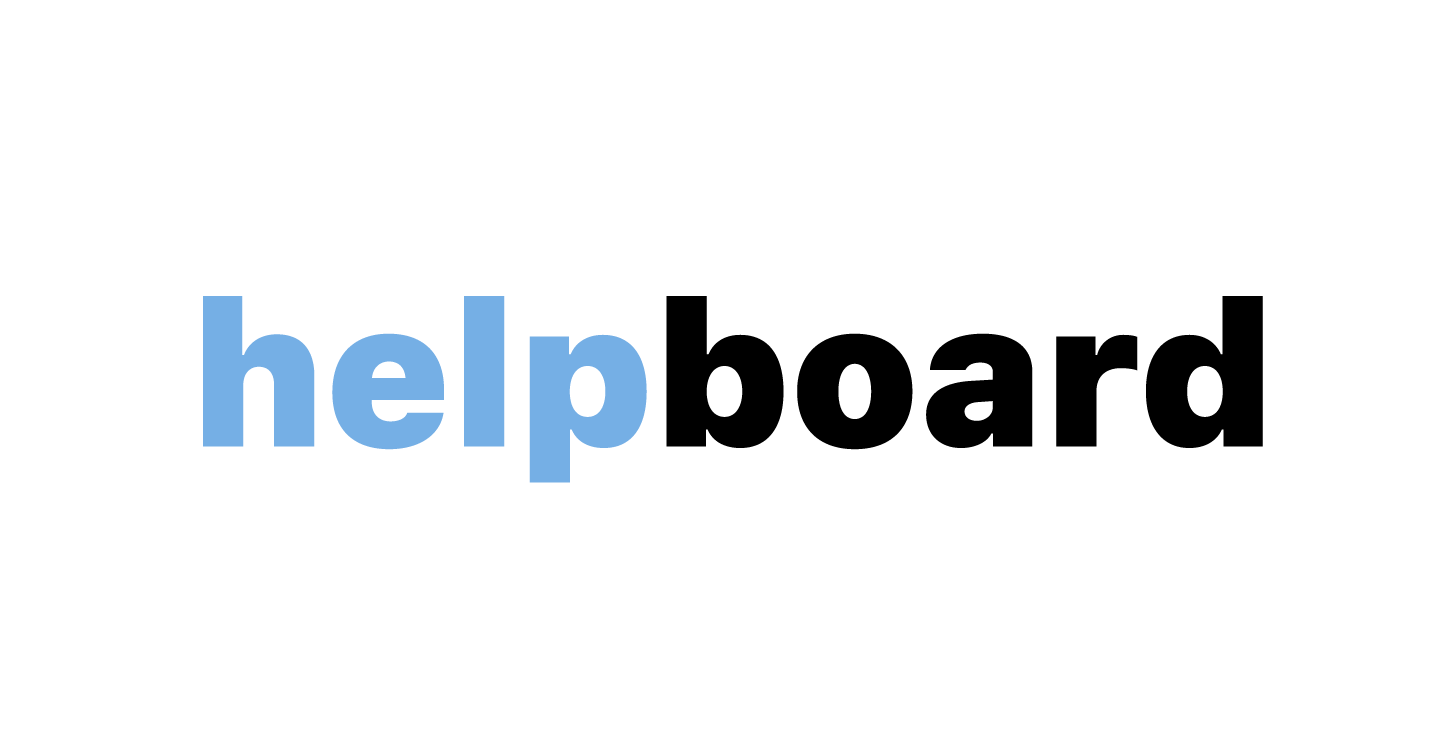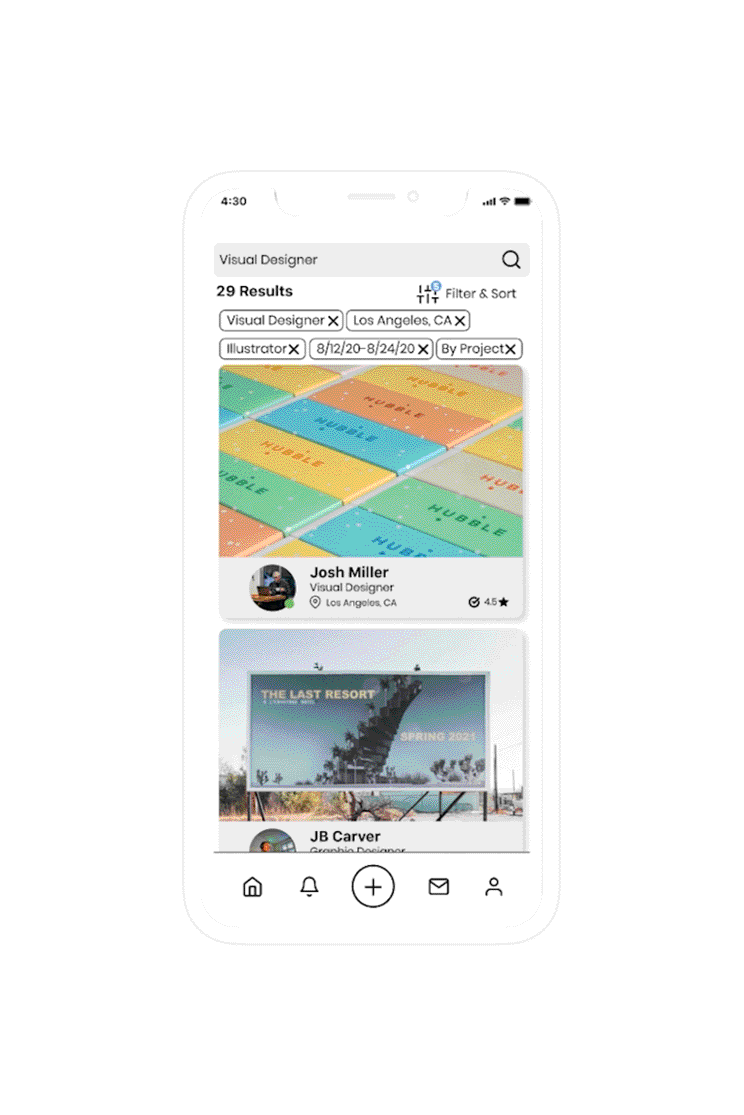
Background: The Record Clearance Project, a division of Hack for LA, aims to help people in California with non-violent criminal records accomplish record clearance, expungement, or reduction as a result of Prop 47 and Prop 64.
Challenge: Throughout the expungement process there is a higher dropoff rate for clients when they are tasked with writing a personal statement to show a judge how they’ve changed their life for the better since their conviction. Our team focussed on creating a web tool to make this easier.
My Role: Product Designer
Design Team: Gyan Prayaga, Lu Wu
Research Team: Gilles Babou, Myranda Pierce
Product Management Team: Daniel Lee, Gretchen Howard
Development Team: Cade Mallett, Alex Choi, Daniel Xiao
Partnerships: NDICA, Code for America
Tools: Figma, Github, Illustrator, Qualtrics, Miro, Google Suite
Glossary of Important Terms
RAP Sheet: a confidential official record of an individual’s arrests and prosecutions.
Record Expungement:
Record Sealing:
Understanding the Full Process
The process of getting one’s record cleared is long, filled with challenges, and often seen as an effort in futility, especially if the client has a long RAP sheet. This service blueprint shows the flow current justice-affected individuals go through in order to submit their application. With the help of NDICA, our team determined the biggest drop off point in this process is when clients are asked to write their personal statement.
Key Insights
from contextual inquiry at an expungement clinic
Storytelling
Many people seeking record clearance are not confident in how to best frame their story for the judge. Sometimes this is due to a general lack of confidence in their writing abilities, and sometimes this is due to an unfamiliarity with using technology to write.
Emotional Rollercoaster
Recalling their past, and reliving what is on their rap sheet can be painful and even traumatic. The act of writing the statement is often highly emotional and sensitive because it speaks to their identity and how they are perceived by the world at large.
Is it worth it?
Many clients have been let down time and time again by the legal system, so why should they trust that it will work this time? Will all the time and effort put in be worth it? Sometimes it’s easier to give up than to try.
“That was another version of me; it’s all for my kids now. I don’t like thinking about who I used to be.”
— Anonymous Clinic Attendee
What is a judge looking for?
I began by digging into different iterations of a personal statement to see how to best unravel a narrative of expungement. While doing this I also interviewed a law subject matter expert to get a sense of what a judge would find most impactful and critical.
Ultimately judges care most about:
Jobs, or how an individual contributes to society
Life changes since their conviction(s)
Why clearing their record will help them achieve their goals.
Clarity and brevity; they read these very quickly.
Beginning from the end
From a base personal statement, crafted around one of our personas, I deconstructed that language into questions that the client could answer in a short form response.
One of the biggest takeaways from our research is that there is no one size fits all scenario for a personal statement. Clients needed to be able to customize as much as possible for their life and needs. Through iterative user flows, we discovered so many important edge cases to explore. It was a difficult balancing act of keeping things concise and giving the clients room to tell their story.
THIS IS WHERE I LEFT OFF
Refining the Ebbs and Flows
Armed with tons of creative, insightful ideas we set out to design Chantelle’s experience throughout using Helpboard. This was to make sure Chantelle’s user flow was as simplified, and clean as possible, taking away the heavy lifting wherever possible, but still allowing her freedom and customization. We wanted to give her the option of two paths, one where she is more relaxed and casually browsing for creatives, and one with a bit more urgency where she is creating a project for her small business, giving her flexibility and specificity.
Test it Out
We wanted to build a medium fidelity prototype first to test out the interactions and flows before diving into the aesthetics of the app. Once we had a prototype ready, we conducted usability tests it with 5 participants in order to check that it was usable and intuitive. Overall users found the flow logical and learnable, but there were smaller interactions that we could improve upon.
Where do I go?
Upon completion of a project, users were unsure what to do. They wanted to be given direction, so we created a “Find Freelancers” button to move them directly into the search area.
Be Friendly
We also made the copy and the tone of the app warmer and more personable to engage the user and reflect the brand identity of Helpboard.
Freelancer Profile
Participants felt that if they were looking for creative freelancers they would much rather see their work before anything else, so we made that the landing tab on the portfolio. They also felt that the call to action button was blocking the content, so we changed the location to something more typical.
Reworking the Style
As we began moving to a higher fidelity, we updated the visual elements to reflect the friendly and educational tone we have given Helpboard throughout the app. The existing Helpboard style was very serious and from testing we gleaned that a lot of people expected it to be a medical app. How could we keep the brand intent, but refresh the style to match our new goals? We created a style guide to use as a base as we crafted the high fidelity prototype.
Welcome to…
Help is right at your fingertips
Browse, Search & Filter
In this walkthrough we follow Chantelle on her journey for inspiration and finding the right candidate. She is warmly greeted when opening the app, and she can browse popular freelancers and categories right off the bat. As she searches predictive text and search history guide her along in her decisions. She can also add filters based on her desires, if she wants her results to get more specific.
Create a Project
Drained from a long day of running her business, but frantic with a last minute cancellation, we watch Chantelle create a project. She is easily and cleverly prompted throughout the process. Once she posts her project it is sent out to all qualified freelancers on Helpboard’s network. She can also begin browsing based on her criteria. Chantelle is elated with the simple approach to hiring the perfect freelancer.
Connect & Conquer!
Chantelle comes across Josh’s profile and is immediately intrigued. She is blown away by this portfolio, and as she learns more about his passion and work ethic she sees that they would be a great fit. Finally she looks at his reviews and sees nothing, but glowing accolades from past clients. Her mind is made up - this is her freelancer. She effortlessly sends her project to Josh, and once he accepts they can begin bringing her project vision to life!
See the full interactive prototype below
Make sure to hit fullscreen for the best experience
Next Steps
Helpboard, at its core, is a tool, and at the end of the day the app is just a small component of the company overall. What could set Helpboard apart from its competitors is all in the name. How might they help their users? We think that Helpboard should be there when a user is confused, or in need of help. Could they show a newbie freelancer how to build a killer portfolio? Could they show a young entrepreneur how to best manage a project?
What about outside of freelancing? Could they help people with their super confusing freelancer taxes? Could they validate their freelancers by offering them healthcare? These were all ideas we pitched, and Helpboard is considering them as they gather funding.
Lessons Learned
Hindsight is always 20/20, and if I could go back I would get rid of the profile picture on the profiles. This invites too much room for bias. This is an example of how certain conventions need to be broken. Our team looked at a lot of competition, and all platforms included a user photo. By making this standard what are we saying to our users? Designers are even building products to eliminate the photos on hiring websites. How can we be advocates not just against discrimination, but towards inclusion?
Illustrations in this case study were courtesy of Brandon Mendoza














